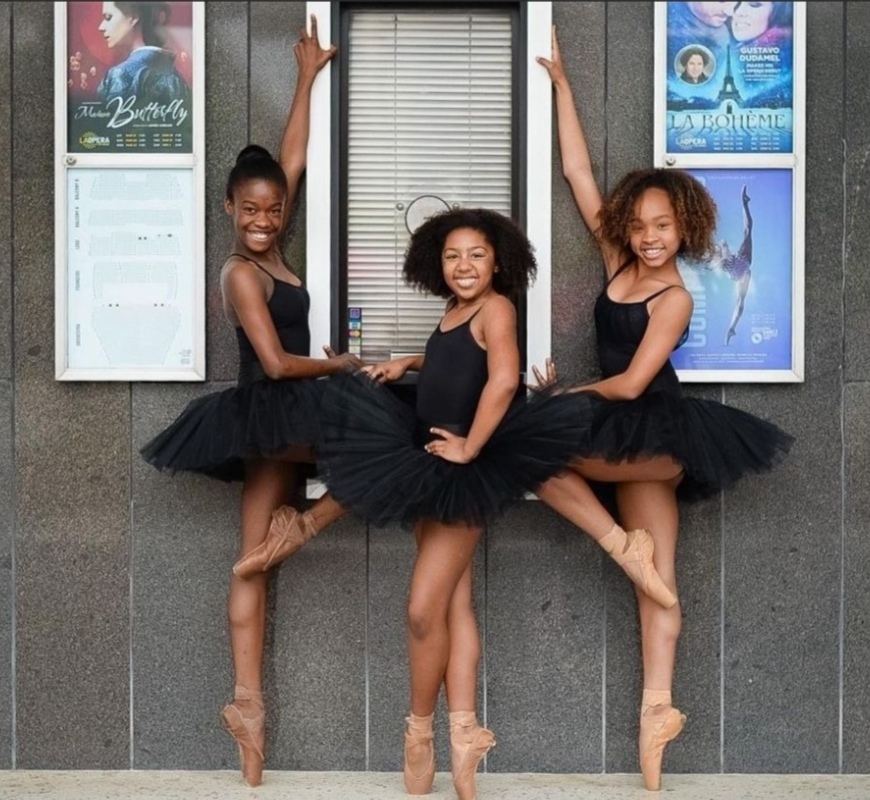BALLET TRANING FOR KIDS
Good day Lovelies, Introducing you to the ultimate beauty of dance. I’m Miss MERCY, a ballerina and dance instructor that uses dance to teach children self-confidence and grace while also giving them amazing possibilities to express themselves.

Basic Ballet Lesson
Essential Ballet Steps for beginners
Do you find ballet’s grace and skill captivating? For ages, ballet has captivated audiences with its symphony of elegance, dexterity, and agility. Learning the fundamental ballet steps is crucial, regardless of your level of experience or desire to start a journey of self-expression through movement. The fundamental ballet movements that form the cornerstone of a solid dancing foundation will be covered in this tutorial.
Plié One of the most fundamental ballet and dance moves is plié, which means to bend. It entails knee bending and straightening. In order to prepare for more complex motions, this step helps warm up the body, increase flexibility, and strengthen the legs.
Tendu
Tendu, which translates to “to stretch,” is a leg extension along the ground. Beginners typically begin a tendu in the first position. As they extend their leg from first position, dancers should visualize themselves attempting to retain a piece of paper or fabric beneath the ball of their foot. The extension progresses from heel up to ball up to toes pointing without requiring the leg to bend. Toes down, ball down, and heel down are the steps the dancer takes to return the leg to its starting position.
Dégagé
A tendu is comparable to dégagé, which means to disconnect. The same extension is used as in a tendu, but the foot ends up slightly off the ground with a pointed toe as the dancer creates tension between it and the floor. It tests the dancers’ ability to regulate their motions while keeping their alignment.
Jambe à Terre Rond
Rond de Jambe à Terre, which translates to “around the leg on the ground,” emphasises the working leg’s circular motions. Before going back to the starting position and beginning the circular motion anew, the working leg should first strike the front tendu position, then the side, and finally the back. Dancers must draw themselves up out of their supporting leg to make room for the working leg to move, and their hips must remain motionless throughout this movement. In addition to improving hip flexibility, Rond de Jambe à Terre teaches dancers how to move with stability and control.
Development
The step known as “développé,” which translates to “to develop,” highlights the height of a dancer’s leg extension. Dancers extend their working leg outward by bringing it through a turned-out passé. The leg unfolds from a bent posture to a straight one, requiring control, flexibility, and balance.
Arabesque
Arabesque is the derrière position, where one leg is extended straight behind the torso and the other leg is balanced on the other leg. To execute the posture properly, the dancer’s upper body must remain erect. Years of training can help you increase the height of the elevated leg. Your back leg’s height should never come at the expense of your upper body’s upright posture. Excellent balance and strong core muscles are required for this pose.
Big Beat, or grand battement, is a strong movement that emphasises strength and flexibility by raising the working leg to its highest point. Tendu and dégagé assist dancers in working towards grand battement, which is essentially a graceful yet dynamic leg kick up and back down that requires controlled execution.
Chassé, which translates to “to chase,” is a travelling step that teaches dancers how to shift their weight and move easily over the floor by having one foot chase the other, producing a fluid gliding motion. Chassé can also be used as a jeté preparation step.
Jeté
The term “jeté,” which means “to throw,” refers to a leap in which a dancer starts on one foot and lands on the same foot. Something like jumping over a small creek or puddle of water. Jeté creates a beautiful and dynamic airborne movement and can be executed with or without a developed leading leg. It demonstrates a dancer’s ability to blend strength, control, and artistry.
Relevé
A key movement for strengthening your calf muscles and honing your balance, relévé entails rising onto the balls of your feet from a demi-plié position. Come Take Your Ballet Class in Graz, Austria! At Foundations Dance Collective in Graz, Austria, we provide weekly ballet classes for dancers of all skill levels. Our knowledgeable instructors are committed to helping you master these ten fundamental ballet steps while encouraging creativity, self-discipline, and confidence.
Whether you are a novice who wants to master the basics or an accomplished dancer who wants to improve your style, our programs offer a safe and encouraging setting to help you reach your dancing objectives.
Write us at ballet@skysportspartners.com for additional details.

